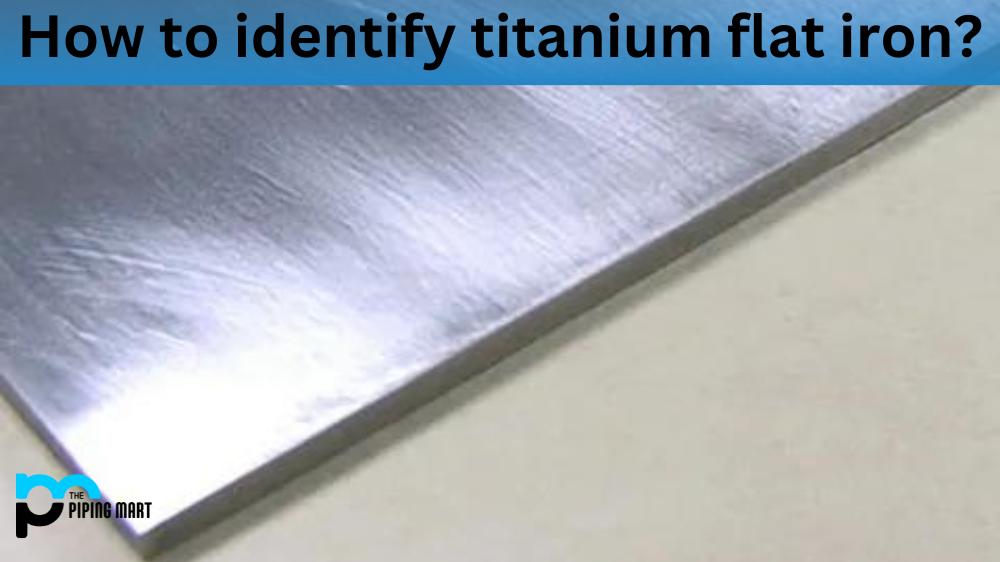Aluminium is one of the most versatile metals known to humanity. Its importance in various industries such as aerospace, automotive, construction, and more cannot be ignored. However, not all aluminium alloys are made equal. Two of the most popular aluminium alloys are 2618 and 2024. In this blog post, we will compare and contrast these two alloys so you can make an informed decision for your next project.
Difference Between Aluminium 2618 and 2024
Firstly, let’s talk about 2618 aluminium. This alloy is a high-strength material that can withstand very high temperatures. It is used in high-performance engines because of its excellent durability and strength. Moreover, it has excellent corrosion resistance and wear resistance. This alloy is known to have a good fatigue life, which means it can withstand repeated stresses without losing its strength. Its applications include pistons, cylinder heads, connecting rods, and more.
On the other hand, 2024 aluminium is known for its high strength-to-weight ratio. It is often used in aircraft aerospace because of its lightweight properties. While it is not as strong as 2618 aluminium, it is still a formidable material that can withstand high-stress environments. Its applications include aircraft skins, wing spars, and structural components.
One of the main differences between these two alloys is their composition. 2618 aluminium contains copper, magnesium, and silicon, while 2024 aluminium contains copper, magnesium, manganese, and zinc. Due to its higher copper content, 2618 aluminium is more expensive than 2024 aluminium. However, it is also stronger and more durable, which makes it a preferred choice for high-performance applications.
Another notable difference between these two alloys is their machining characteristics. 2024 aluminium is easier to machine than 2618 aluminium due to its lower silicon content. This means that 2024 aluminium can be machined more quickly and with less wear and tear on the tooling. However, 2618 aluminium has better corrosion resistance and can withstand higher temperatures than 2024 aluminium, making it a better choice for certain applications.
Conclusion
In conclusion, 2618 and 2024 aluminium alloys have strengths and weaknesses. If you need a material that can withstand high temperatures and repeated stresses, 2618 aluminium is the way to go. If you’re looking for a lightweight material with good strength that can be machined easily, then 2024 aluminium is your answer. Your decision will ultimately depend on your specific application and requirements. Regardless of which alloy you choose, you’ll work with a high-quality material that will deliver excellent performance and reliability.

Meet Bhavesh, a seasoned blogger with a wealth of knowledge and experience. From metal products manufacturing to retail, Bhavesh has a diverse background in various industries and is dedicated to sharing his insights and expertise with readers.




